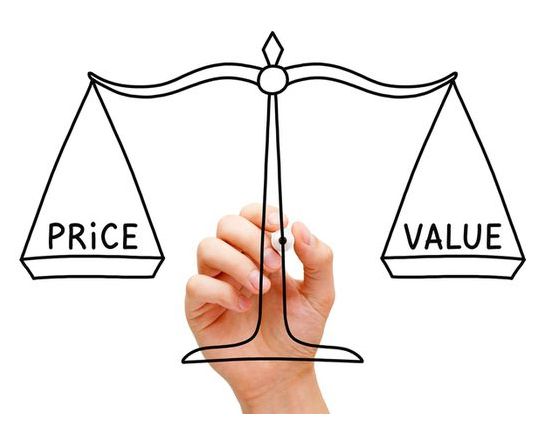Last week, we convened over 100 industry professionals to address the big question that’s been plaguing our industry: how to determine and prove the value of prescriptions drugs in relation to their price. Media headlines continue to demonize the pharma industry, focusing only on the list prices for the latest therapeutic breakthroughs and not on the incredible progress in addressing major unmet medical needs for which there are few or no existing treatment options. They’re ignoring the value  these therapies bring to patients in terms of making them healthy and able to live a long and productive lives and to the healthcare system in terms of costs avoided by preventing frequent hospitalizations and other healthcare services. They also discount the incredible risks involved in bringing these drugs to market – risks that require big rewards when they are successful.
these therapies bring to patients in terms of making them healthy and able to live a long and productive lives and to the healthcare system in terms of costs avoided by preventing frequent hospitalizations and other healthcare services. They also discount the incredible risks involved in bringing these drugs to market – risks that require big rewards when they are successful.
Our panel helped shed light on what value means to all the various healthcare stakeholders and why it’s so critical for companies to start thinking about how they’ll demonstrate and measure that value over time. We all agreed that we should be celebrating the incredible advances we’ve made in science – but how we pay for them is a real and urgent challenge. Before we jump right to price, we must take a step back and consider the value, and if that valuation justifies the cost.
Just last week, the FDA approved a one-time cure for spinal muscular atrophy (SMA), a rare and fatal genetic condition that impacts motor neuron development for infants, affecting their breathing and swallowing. Babies born with SMA almost always die before their second birthday, and those that are alive require breathing assistance and constant healthcare. The headlines almost exclusively focused on the list price – $2.1 million – and not on the fact that these babies may be permanently cured of a fatal disease, when three years ago there was no hope for treatment. When you consider that this is a one-time cure that in-effect lasts a lifetime, the cost effectiveness and the value to the healthcare system is huge.
The panel spent a long time criticizing the Institute for Clinical and Economic Review (ICER), a research institute that produces reports analyzing the cost-effectiveness and value of drugs, since they almost always say drugs are too expensive, citing their inability to truly measure costs avoided in the long-term. But even ICER came out last week and said the new SMA drug was cost effective and of good value at the $2.1 million price – commending the drug developer for pricing the drug at “a level that more fairly aligns with the benefits for these children and their families.” In a release, ICER acknowledged the drug “is dramatically transforming the lives of families affected by this devastating disease.” In this situation, the value is clear, but the payers still have concerns with the large, one-time cost, since they’re used to paying for chronic therapies over time. Even this was addressed with the new breakthrough SMA drug, with the drug developer suggesting a value-based structure, where payments are spread over five years based on the success of the treatment.
This latest breakthrough is a perfect example of what we’re trying to convey with our Value of Health series: price in a vacuum is meaningless without a value argument attached, and the earlier companies start thinking about value and how they’ll demonstrate it, the fewer hurdles to patient access will exist. We must all work together to ensure our healthcare system can absorb the costs of these new therapies and that we can turn to new, innovative payment methods to do so. As former FDA Commissioner Scott Gottlieb wrote in a recent op-ed, “A therapy that can cure disease in a single treatment isn’t a unit of drug. It’s a public health solution.” It’s up to us to show that.
Learn more about MassBio’s Value of Health series: ARCHIVE